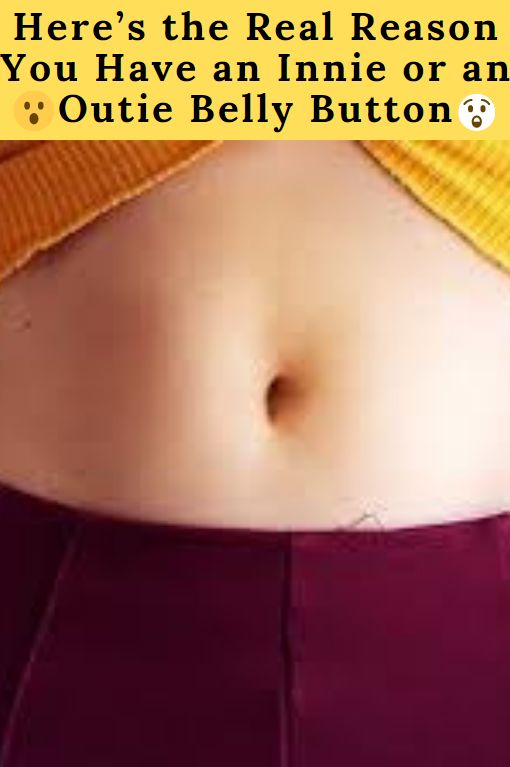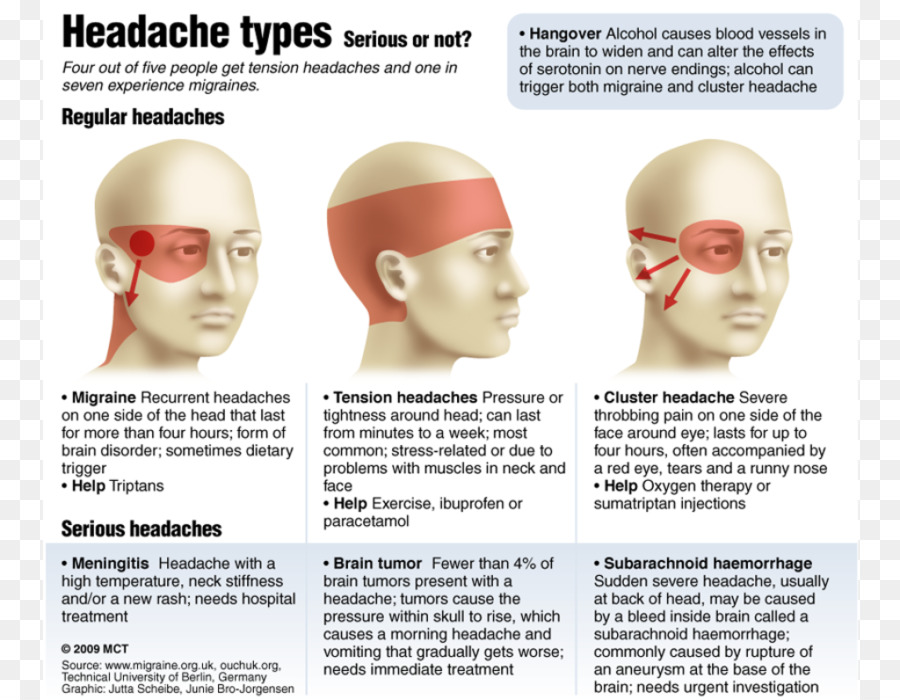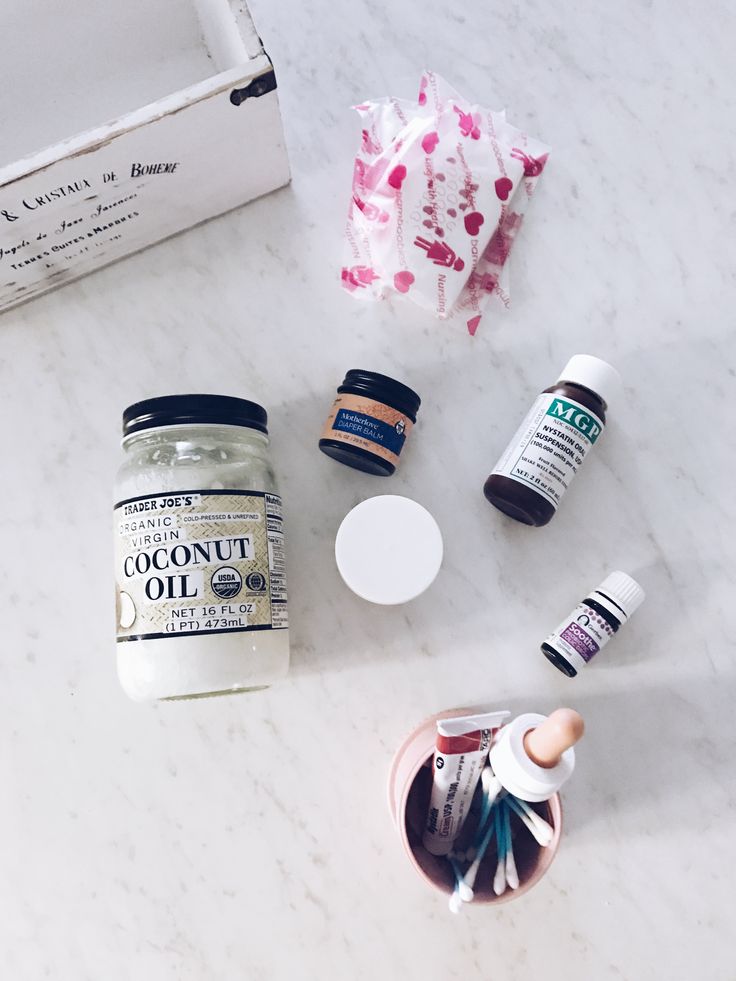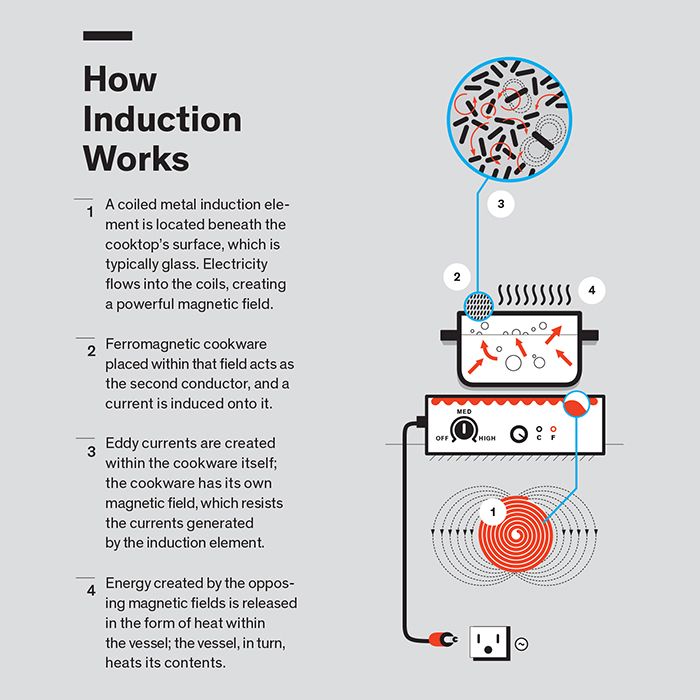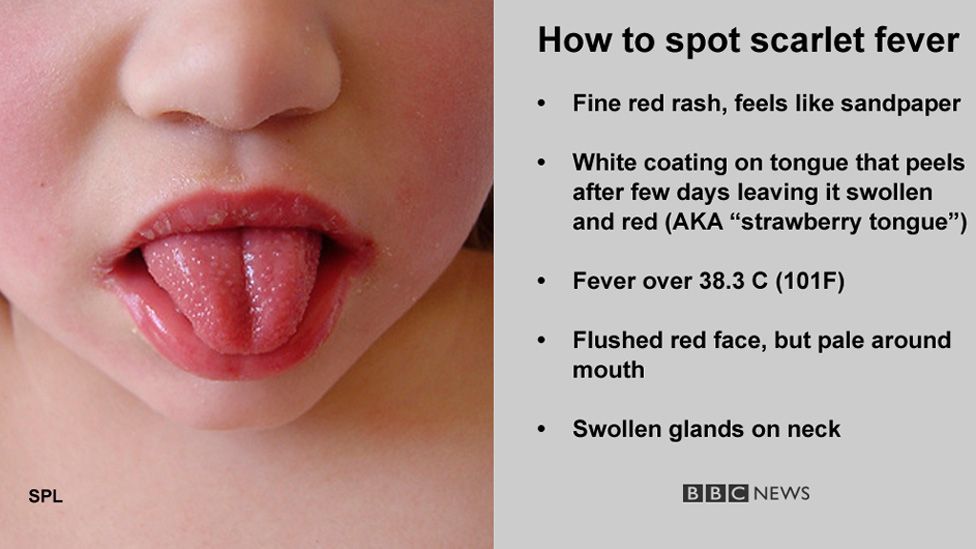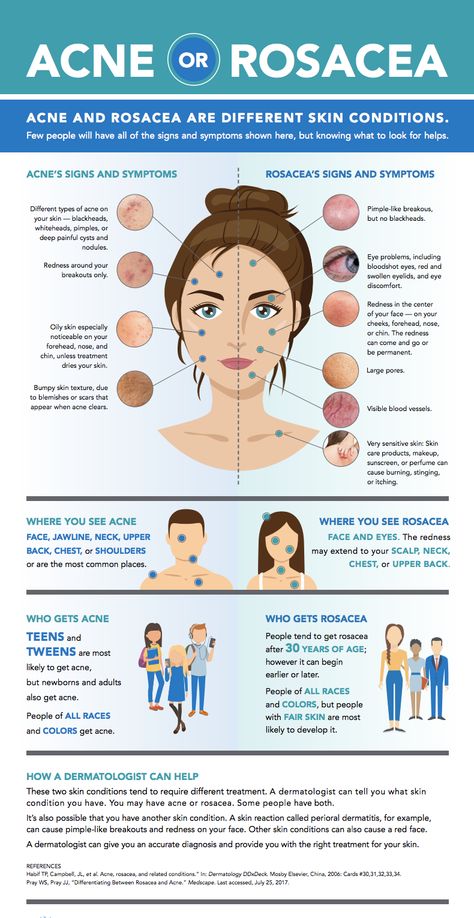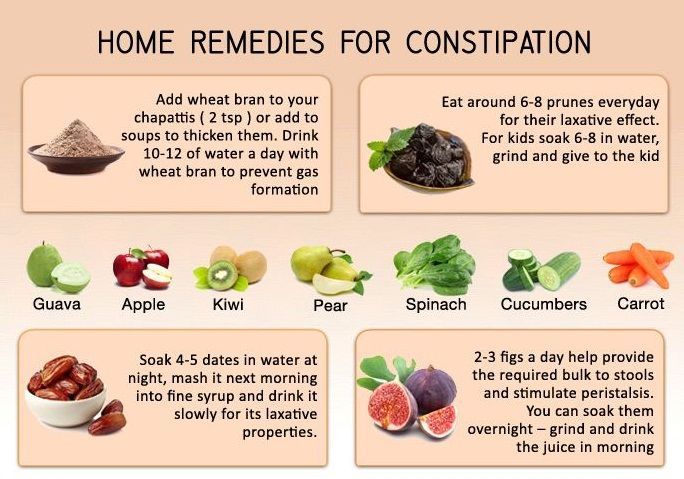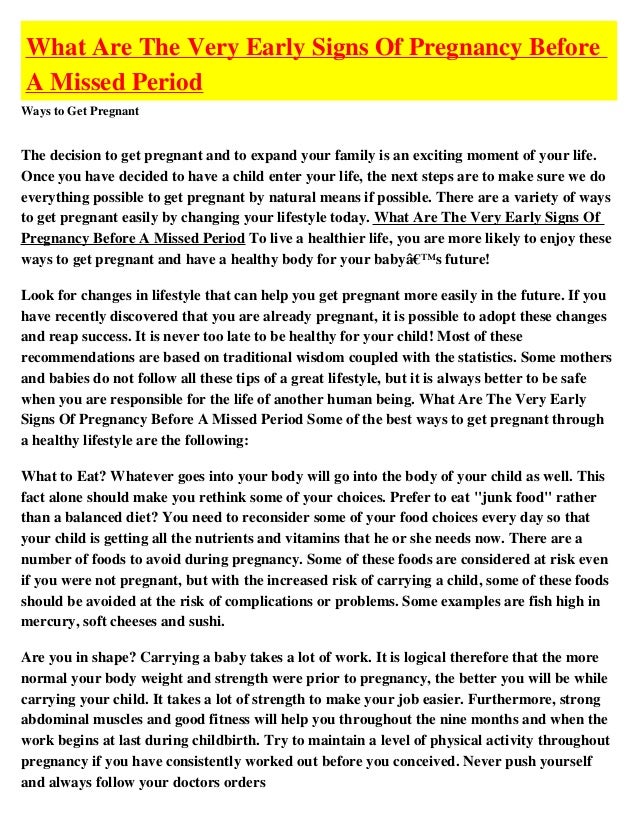Normal newborn belly button bleeding
What is normal and what to do
A newborn’s belly button may bleed while the cord is falling off or shortly after it does. Most often, newborn belly button bleeding is not a cause for concern but a regular part of the healing process. Occasionally though, it can signal a problem.
The umbilical cord supplies a fetus with nutrients from the mother. Once the baby is born, it no longer needs the umbilical cord to provide its nutrients, and so doctors cut the cord. Eventually, the cord dries out and falls off, leaving behind a belly button in its place.
Read on to find out why a newborn’s belly button may bleed, how to take care of the area, and when bleeding from a newborn’s belly button may need medical attention.
Share on PinterestIt is not uncommon for a newborn’s belly button to bleed.Most cases of belly button bleeding are natural.
Many parents and caregivers may notice a small area of bleeding at the point where the newborn’s umbilical cord begins to separate from the body.
Sometimes a newborn’s diaper or even a piece of clothing may rub against the umbilical cord. This can irritate the area and cause bleeding as well.
To stop a newborn baby’s belly button bleeding, hold a piece of clean gauze gently but firmly over the belly button area. A doctor should evaluate any bleeding that does not stop with gentle pressure.
Caring for the umbilical cord stump properly can help prevent or reduce belly button bleeding. A new parent or caregiver can care for a newborn’s umbilical cord stump by:
- Keeping the area dry. Keeping the umbilical cord stump dry can help the remaining cord dry out and fall off.
- Giving the baby a sponge bath while the cord stump is still attached. Instead of submerging the baby’s body in water, use sponge baths to wash the newborn to keep the area dry.
- Exposing the area to air. Keeping the stump uncovered for a little time each day can help it dry out.

- Changing the baby’s diapers regularly. A clean, dry diaper should prevent urine or stool from reaching the umbilical area and can help prevent infection.
- Letting the cord fall off on its own. Pulling at the stump or trying to remove the stump before it is ready to fall off can cause pain and bleeding and may lead to an infection.
Share on PinterestDiapers can irritate the belly button.
While the stump is healing, avoid:
- Covering the area with a diaper. A diaper can rub and irritate the area. Many diapers for newborns are cut lower at the front, so do not cover the belly button area. However, where this is not the case, fold the diaper down in the front so that it does not touch the stump or surrounding area.
- Rubbing alcohol on the stump. Rubbing alcohol may delay the cord from drying out. Most doctors do not recommend applying alcohol to a baby’s umbilical stump unless there is a specific reason for doing so.

- Tying anything around the cord. This can prevent the area from drying or cause injury to the baby.
According to the American Academy of Pediatrics, most babies will lose their cord stumps in 10 to 14 days.
However, it is not unusual for a baby’s umbilical cord to fall off as early as 1 week after birth or as late as 3 weeks after birth.
It is typical for a baby’s umbilical cord to fall off before or after this time frame as well.
Share on PinterestA doctor can assess a newborn for signs of infection.
Most of the time, newborn belly button bleeding is normal. However, if the bleeding is hard to stop or if there is more than just a few drops of blood, take the baby to see a pediatrician.
Also, a doctor needs to examine a newborn’s belly button if there are any signs of infection, including:
- pus or cloudy, foul-smelling drainage from the belly button area
- red, warm skin surrounding the umbilical cord stump area
- a fever of over 100.
 4°F
4°F - the belly button area seems painful to the touch
While a bleeding belly button can cause alarm to new parents, some newborn belly button bleeding is nothing to worry about.
Slight bleeding from the umbilical cord stump is generally not serious and usually resolves within the first few weeks after birth.
In rare cases, newborn belly button bleeding can indicate the baby has an infection at the site of the umbilical cord stump. If a newborn shows any signs of infection, take the baby to the pediatrician immediately.
What is normal and what to do
A newborn’s belly button may bleed while the cord is falling off or shortly after it does. Most often, newborn belly button bleeding is not a cause for concern but a regular part of the healing process. Occasionally though, it can signal a problem.
The umbilical cord supplies a fetus with nutrients from the mother. Once the baby is born, it no longer needs the umbilical cord to provide its nutrients, and so doctors cut the cord. Eventually, the cord dries out and falls off, leaving behind a belly button in its place.
Eventually, the cord dries out and falls off, leaving behind a belly button in its place.
Read on to find out why a newborn’s belly button may bleed, how to take care of the area, and when bleeding from a newborn’s belly button may need medical attention.
Share on PinterestIt is not uncommon for a newborn’s belly button to bleed.Most cases of belly button bleeding are natural.
Many parents and caregivers may notice a small area of bleeding at the point where the newborn’s umbilical cord begins to separate from the body.
Sometimes a newborn’s diaper or even a piece of clothing may rub against the umbilical cord. This can irritate the area and cause bleeding as well.
To stop a newborn baby’s belly button bleeding, hold a piece of clean gauze gently but firmly over the belly button area. A doctor should evaluate any bleeding that does not stop with gentle pressure.
Caring for the umbilical cord stump properly can help prevent or reduce belly button bleeding.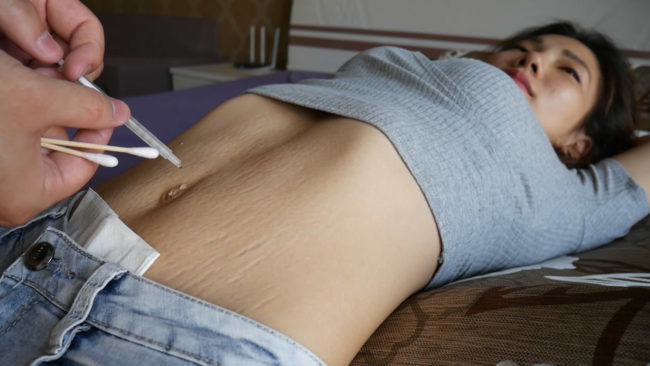 A new parent or caregiver can care for a newborn’s umbilical cord stump by:
A new parent or caregiver can care for a newborn’s umbilical cord stump by:
- Keeping the area dry. Keeping the umbilical cord stump dry can help the remaining cord dry out and fall off.
- Giving the baby a sponge bath while the cord stump is still attached. Instead of submerging the baby’s body in water, use sponge baths to wash the newborn to keep the area dry.
- Exposing the area to air. Keeping the stump uncovered for a little time each day can help it dry out.
- Changing the baby’s diapers regularly. A clean, dry diaper should prevent urine or stool from reaching the umbilical area and can help prevent infection.
- Letting the cord fall off on its own. Pulling at the stump or trying to remove the stump before it is ready to fall off can cause pain and bleeding and may lead to an infection.
Share on PinterestDiapers can irritate the belly button.
While the stump is healing, avoid:
- Covering the area with a diaper.
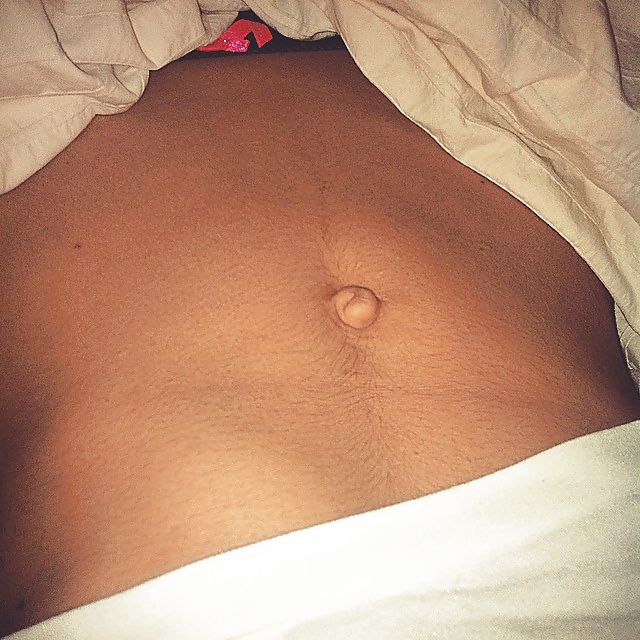 A diaper can rub and irritate the area. Many diapers for newborns are cut lower at the front, so do not cover the belly button area. However, where this is not the case, fold the diaper down in the front so that it does not touch the stump or surrounding area.
A diaper can rub and irritate the area. Many diapers for newborns are cut lower at the front, so do not cover the belly button area. However, where this is not the case, fold the diaper down in the front so that it does not touch the stump or surrounding area. - Rubbing alcohol on the stump. Rubbing alcohol may delay the cord from drying out. Most doctors do not recommend applying alcohol to a baby’s umbilical stump unless there is a specific reason for doing so.
- Tying anything around the cord. This can prevent the area from drying or cause injury to the baby.
According to the American Academy of Pediatrics, most babies will lose their cord stumps in 10 to 14 days.
However, it is not unusual for a baby’s umbilical cord to fall off as early as 1 week after birth or as late as 3 weeks after birth.
It is typical for a baby’s umbilical cord to fall off before or after this time frame as well.
Share on PinterestA doctor can assess a newborn for signs of infection.
Most of the time, newborn belly button bleeding is normal. However, if the bleeding is hard to stop or if there is more than just a few drops of blood, take the baby to see a pediatrician.
Also, a doctor needs to examine a newborn’s belly button if there are any signs of infection, including:
- pus or cloudy, foul-smelling drainage from the belly button area
- red, warm skin surrounding the umbilical cord stump area
- a fever of over 100.4°F
- the belly button area seems painful to the touch
While a bleeding belly button can cause alarm to new parents, some newborn belly button bleeding is nothing to worry about.
Slight bleeding from the umbilical cord stump is generally not serious and usually resolves within the first few weeks after birth.
In rare cases, newborn belly button bleeding can indicate the baby has an infection at the site of the umbilical cord stump. If a newborn shows any signs of infection, take the baby to the pediatrician immediately.
Why is the navel bleeding in a newborn baby and what to do
Home » Health of the newborn
If your newborn baby has started to bleed (or constantly bleeds) from the navel, this is a sure sign that the treatment of the umbilical wound is not being done correctly. Therefore, it is important to quickly begin to react, to take emergency measures, because with a possible infection in the navel, inflammation is likely. For normal wound healing, it is necessary to keep it dry and clean. The fact of bleeding of the navel should not be ignored, spreading, the inflammatory process can lead to sepsis. First of all, it is necessary to understand the reasons that caused this problem. nine0003
Contents
The main advice is to contact your pediatrician. Particular attention deserves constant bleeding or suppuration. If the wound is damaged, ichorization may occur or pus may appear (with or without a smell).
In this case, it is imperative to call a doctor, because suppuration can develop into an infection.
The main causes of bleeding of the umbilical wound
- Peculiarities of the umbilical cord - perhaps it was too thick, therefore, when dying, it formed a deep wound. In this case, healing is slower and may take more than 10 days. nine0018
- Poor healing can also occur with a lack of air baths. For successful drying of the wound, air circulation is necessary. If the navel is bleeding, it is very important to constantly provide oxygen to the baby's body. This contributes to excellent skin condition and helps to harden the baby, which will have an excellent effect on the health of the newborn. We read the article about hardening (air baths)
- Another cause of a non-healing navel may be inaccurate circumcision, periodic grazing or rubbing of the wound with a diaper or vest. nine0018
- When laying the baby on the stomach too early. It is strictly forbidden to practice lying on the tummy of a newborn up to 3 months.

What to do when the navel bleeds?
- Hydrogen peroxide must be used. Using a pipette, wet a cotton swab and gently blot the wound. This procedure is also important when removing yellowish crusts, which can also form in babies. Such secretions must be removed, this is an excellent breeding ground for bacteria. nine0018
- Bathing a newborn is strictly prohibited. You can wipe with a soft sponge the parts of the body necessary for cleansing, avoiding the umbilical wound area.
- After the bleeding navel is treated with hydrogen peroxide, it is necessary to anoint the area of the wound with a solution of brilliant green.
When to sound the alarm?
Parents should be concerned about the following problems:
- Frequent and difficult to stop bleeding; nine0017 Offensive odor emanating from the area of the wound;
- The navel does not shrink;
- Fever in a child or around the umbilical region;
- Discharge of ichor, pus, whitish or yellowish discharge;
- Inability to quickly stop bleeding;
- The appearance of a pronounced bulge of the wound.
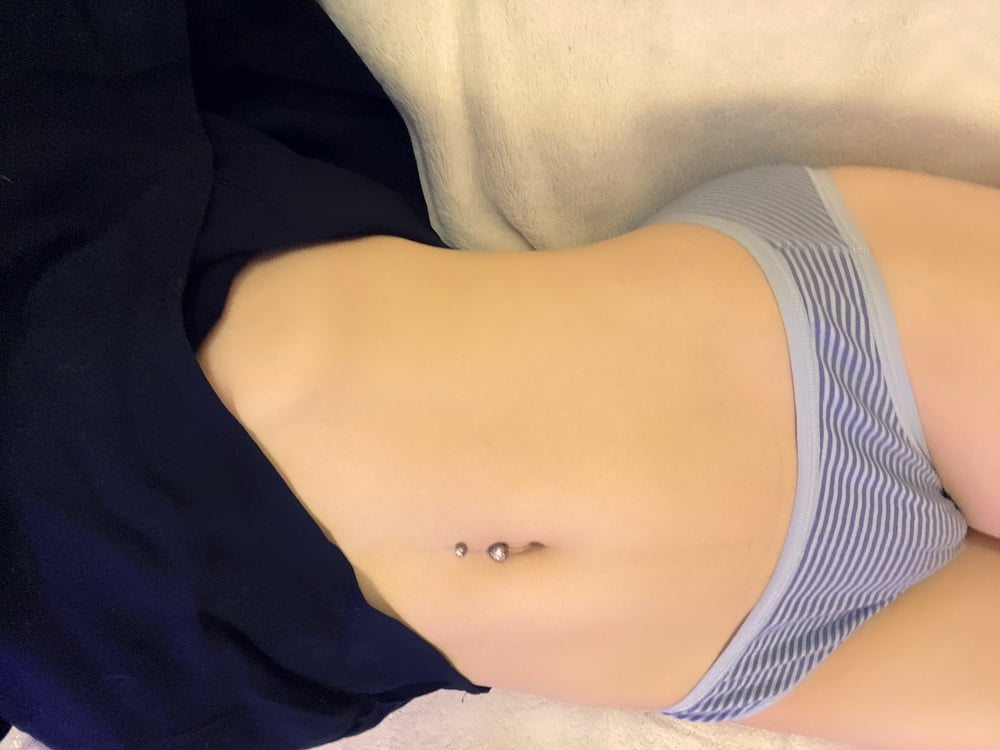 This may indicate an umbilical hernia. Contact your pediatrician immediately!
This may indicate an umbilical hernia. Contact your pediatrician immediately!
We also read:
- Why does the navel get wet in a newborn, is it dangerous and what to do?
- Umbilical hernia in infants and how to treat it
Video: how to properly handle the navel
Do you want to be the first to read our materials? Subscribe to our telegram channel or VKontakte group.
We are in Zen - join us!
Our Blog in - Pulse Mail.ru
Share with friends
UMBILICAL WOUND IN NEWBORN
UMBILICAL WOUND IN NEWBORN
Primary treatment and ligation of the umbilical cord is performed even in the maternity hospital after the complete cessation of the pulsation of its vessels, which usually occurs 2-3 minutes after the birth of the fetus. Before crossing the umbilical cord, it is wiped with alcohol and two sterile clamps are applied at a distance of 10 and 2 cm from the umbilical ring. The umbilical cord between the clamps is treated with 5% iodine solution and crossed with sterile scissors. The umbilical stump (residue) remains in this place, which dries up and falls off on its own naturally after a few days. The umbilical cord is cared for by a doctor. nine0003
Before crossing the umbilical cord, it is wiped with alcohol and two sterile clamps are applied at a distance of 10 and 2 cm from the umbilical ring. The umbilical cord between the clamps is treated with 5% iodine solution and crossed with sterile scissors. The umbilical stump (residue) remains in this place, which dries up and falls off on its own naturally after a few days. The umbilical cord is cared for by a doctor. nine0003
There is no need to keep the baby in the hospital until the rest of the umbilical cord falls off. This is even reflected in Order N 345 of the Ministry of Health of the Russian Federation “On improving measures to prevent nosocomial infections in obstetric hospitals”: “From an epidemiological point of view, a course for early discharge (2-4 days after birth), including before the umbilical cord falls off, is justified.”
However, in the history of the development of a newborn, one can often read "the umbilical cord fell off on the second day." In life, surgical removal is practiced - cutting off or unscrewing the umbilical cord residue after the newborn has two full days of life. This is due to the fact that not even all district pediatricians and patronage nurses are ready for a child with a bracket to come under their supervision, not to mention a young mother. nine0003
This is due to the fact that not even all district pediatricians and patronage nurses are ready for a child with a bracket to come under their supervision, not to mention a young mother. nine0003
So, by the time of discharge from the hospital, as a rule, the umbilical cord is no longer there, but there is an umbilical wound, or rather, a scar (navel), which must be carefully looked after. This area must be kept clean and dry at all times. To reduce the risk of infection of the umbilical wound and in order to prevent purulent diseases of the navel and the development of umbilical sepsis (in which the infection enters the bloodstream, causing infection of the whole body), it is necessary to treat the umbilical wound twice a day (in the morning during the first swaddling and in the evening after bathing). nine0003
To do this, you will need sterile cotton swabs, 3% hydrogen peroxide solution, alcohol infusion of greenery (or 5% potassium permanganate solution or 5% iodine solution).
Wash your hands thoroughly before handling the navel. Grasp the skin around the navel with your thumb and forefinger and open the wound a little. Moisten a cotton swab or drip a few drops of a 3% hydrogen peroxide solution and treat the wound from the center to the outer edges, carefully removing the wound discharge, while the peroxide will foam. Dry (wetting movements) with a sterile cotton ball. After that, we treat the umbilical wound with an antiseptic solution: iodine or brilliant green, or potassium permanganate. It should be noted that a solution of brilliant green causes weeping, and a solution of potassium permanganate (potassium permanganate) dries. Therefore, it is better to treat the wound with potassium permanganate. nine0003
It is necessary to treat the umbilical wound until the umbilical cord heals and there are no crusts, serous or sanious secretions, and when treated with peroxide, foam is formed.
As a rule, the umbilical wound heals (epithelializes) by the end of the second week of life, at the same time there is a contraction of the skin umbilical ring.